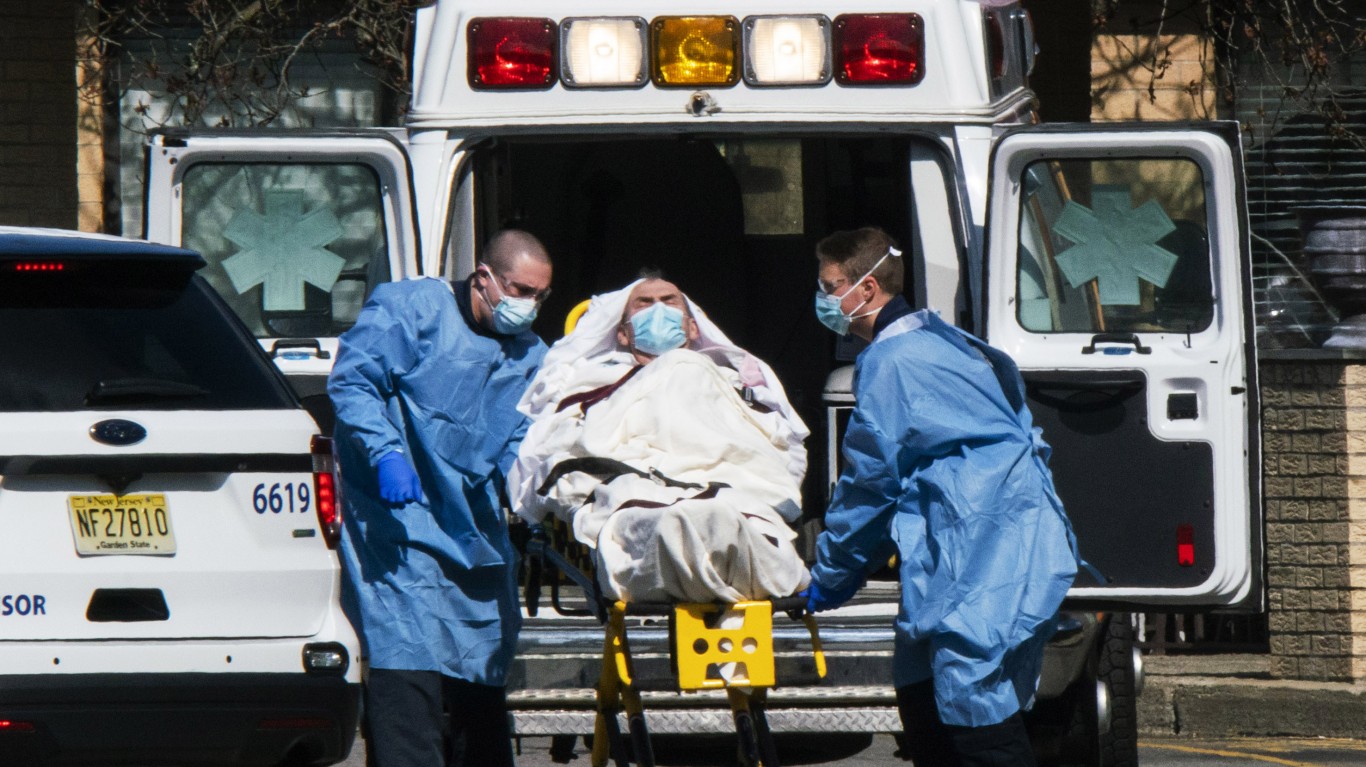Health and Healthcare
July 16 Remains the Day COVID-19 Hit America the Hardest

Published:

The number of new confirmed COVID-19 cases in the United States has risen to the point where the county has entered what is being called a “third wave.” The first wave peaked in April when cases topped 30,000 for a few days. The second stretched from early July until mid-August. On some days in this second period, about 60,000 confirmed cases were posted. The most recent wave started in early October and continues. The hardest-hit day in this current period was October 16, when cases numbered 70,461. That still does not match July 16, when confirmed cases reached 75,682, the American record.
[in-text-ad]
There is a debate about July 16. The New York Times put the confirmed case count that day at 75,682. Reuters put the count at 77,217. The difference is not unusual. There are several sources of reliable data on confirmed and fatal cases. The Johns Hopkins COVID-19 Dashboard may be the most often cited, but the Times figures are used by the media. Microsoft has its Bing COVID-19 Tracker, which is well-sourced and used often.
The July 16 count helped set two milestones. The first is that the peak it formed set the stage for the sharp drop that hit a bottom around Labor Day, when new confirmed cases dropped below 25,000. This caused some experts to say that COVID-19 infection rates had slowed enough so that the fall and winter would not be a period of devastation, even though cold weather can be a trigger for the spread of viruses.
The second hallmark of the peak on July 16 has become more evident recently. Will U.S. confirmed cases start to run above the daily record day on a regular basis as people move indoors and COVID-10 “fatigue” causes more and more people to be careless about critical social distancing and mask wearing? Today’s trajectory of confirmed cases would indicate that daily figures could not only move about 75,000 daily, but they could surge to 80,000 or more.
On July 16, the second wave was mostly in states that had not been hit hard in the first wave. The first wave spread during March, April and May and was worst in the Northeast, particularly New York State, Connecticut and New Jersey. The June, July and August second wave was mostly due to cases in Florida, California, Texas, Arizona and the Carolinas. The current, third wave is characterized by the fact that three-quarters of the country has just posted daily highs for confirmed cases. In that sense, COVID-19 is more out of control than at any earlier period.
July 16 may be the record, but that will not last for long. If experts are correct, the United States is in for daily case numbers above 70,000.
The thought of burdening your family with a financial disaster is most Americans’ nightmare. However, recent studies show that over 100 million Americans still don’t have proper life insurance in the event they pass away.
Life insurance can bring peace of mind – ensuring your loved ones are safeguarded against unforeseen expenses and debts. With premiums often lower than expected and a variety of plans tailored to different life stages and health conditions, securing a policy is more accessible than ever.
A quick, no-obligation quote can provide valuable insight into what’s available and what might best suit your family’s needs. Life insurance is a simple step you can take today to help secure peace of mind for your loved ones tomorrow.
Click here to learn how to get a quote in just a few minutes.
Thank you for reading! Have some feedback for us?
Contact the 24/7 Wall St. editorial team.